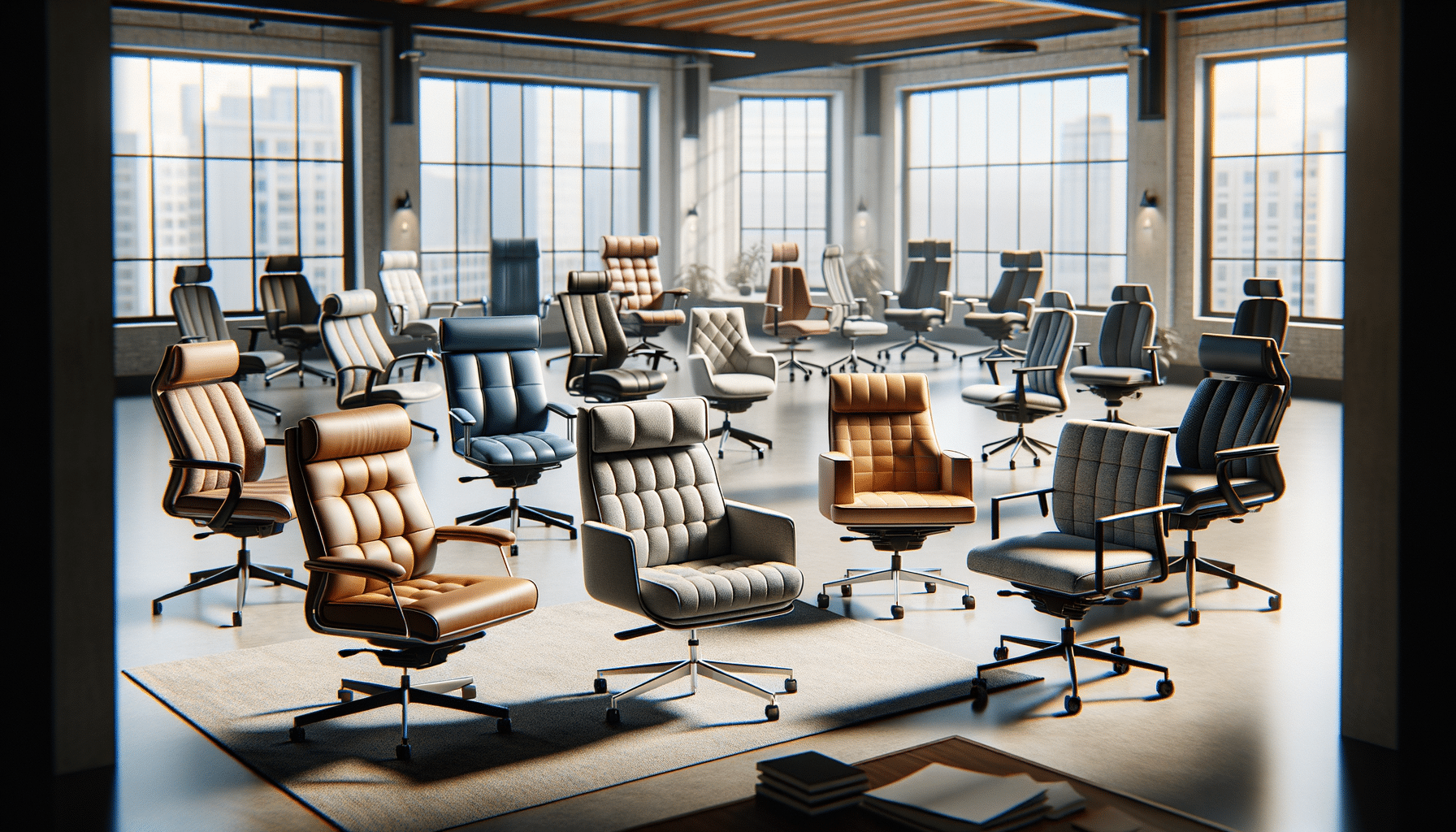Exploring the World of Office Chairs: Comfort, Style, and Functionality
Office chairs play a crucial role in productivity and comfort, making their selection a vital decision for any workspace.

The Evolution of Office Chairs: A Brief History
Office chairs have come a long way since their inception. The first office chairs were simple wooden stools, offering little in terms of comfort or functionality. As the nature of work evolved, so did the need for more comfortable and supportive seating solutions. The industrial revolution marked a significant turning point, as office environments expanded and the demand for ergonomic seating grew. The introduction of swivel chairs in the mid-19th century revolutionized the office chair industry, allowing for greater mobility and flexibility. By the 20th century, office chairs began to incorporate padded seats, adjustable heights, and armrests, catering to the growing awareness of ergonomics and worker health. Today, office chairs are designed with advanced materials and technology, focusing on enhancing comfort, promoting good posture, and reducing the risk of musculoskeletal disorders.
Understanding Ergonomics: The Key to Comfort
Ergonomics is a critical factor in the design of office chairs, as it directly impacts user comfort and health. An ergonomic chair is designed to support the natural curvature of the spine, promoting proper posture and reducing strain on the back and neck. Key features of an ergonomic office chair include adjustable seat height, lumbar support, and armrests. These features allow users to customize their seating position, ensuring that their feet are flat on the floor, knees are at a 90-degree angle, and the back is adequately supported. Research has shown that ergonomic chairs can significantly reduce the risk of developing musculoskeletal disorders, such as lower back pain and carpal tunnel syndrome. When selecting an office chair, it’s essential to consider the ergonomic features that best suit your needs, as this will contribute to long-term comfort and productivity.
Materials Matter: Choosing the Right Fabric
The material of an office chair not only affects its aesthetic appeal but also its comfort and durability. Common materials include leather, mesh, and fabric, each offering distinct advantages. Leather chairs are often associated with luxury and executive settings, providing a sleek and professional look. They are durable and easy to clean but may not be the most breathable option. Mesh chairs, on the other hand, are known for their breathability, making them ideal for warmer climates or long hours of use. They offer excellent support and flexibility, conforming to the user’s body shape. Fabric chairs are versatile and available in a wide range of colors and patterns, allowing for greater customization. They provide a soft and comfortable seating experience but may require more maintenance to keep clean. When choosing a material, consider factors such as climate, usage duration, and personal preference to ensure the best fit for your workspace.
Style and Aesthetics: Enhancing Your Workspace
Office chairs are not just about function; they also play a significant role in the overall aesthetics of a workspace. A well-chosen chair can complement the design of an office, reflecting the personality and style of the user. Modern office chairs come in a variety of designs, from minimalist and contemporary to classic and traditional. The color and style of a chair can influence the ambiance of a workspace, creating an environment that is conducive to productivity and creativity. For instance, a bright and colorful chair may energize a space, while a neutral-toned chair can add a touch of sophistication. When selecting an office chair, consider how it will fit into the existing decor and whether it aligns with the desired atmosphere of the workspace.
Making the Right Choice: Practical Considerations
Choosing the right office chair involves more than just aesthetics and comfort; practical considerations also play a crucial role. Budget is an important factor, as office chairs can range from affordable to high-end options. It’s essential to find a balance between cost and quality, ensuring that the chair meets ergonomic standards without breaking the bank. Additionally, consider the chair’s adjustability and features, such as tilt mechanisms and swivel capabilities, which can enhance mobility and ease of use. The size and dimensions of the chair should also be taken into account, particularly if space is limited. Finally, consider the warranty and customer reviews, as these can provide insight into the chair’s durability and performance. By weighing these practical considerations, you can make an informed decision that meets both your needs and your budget.